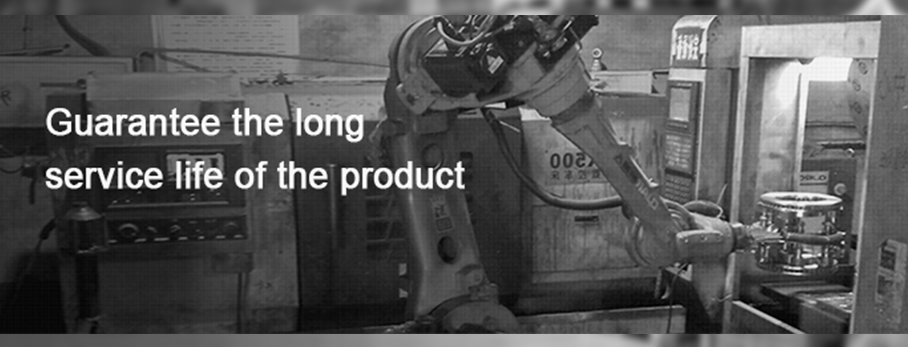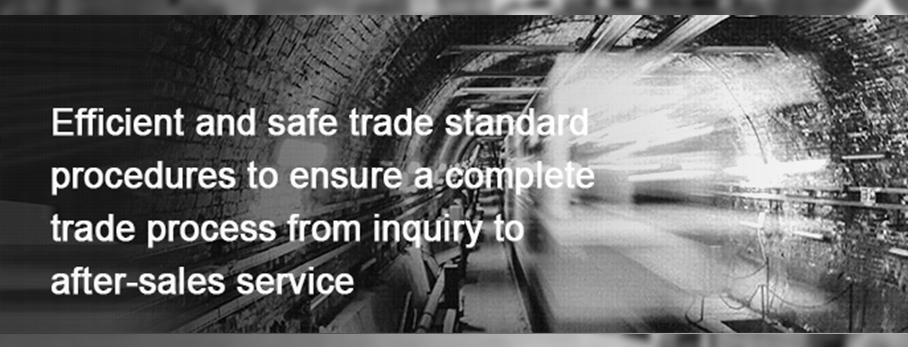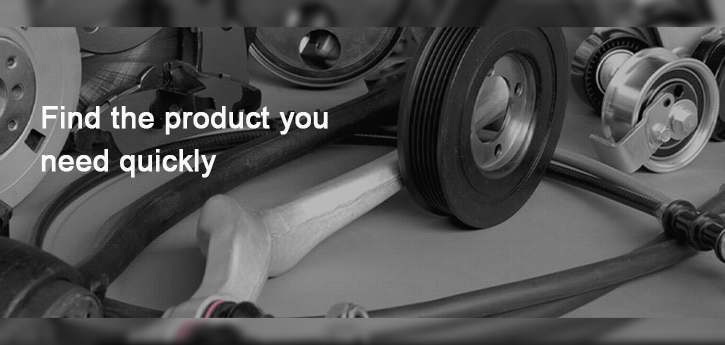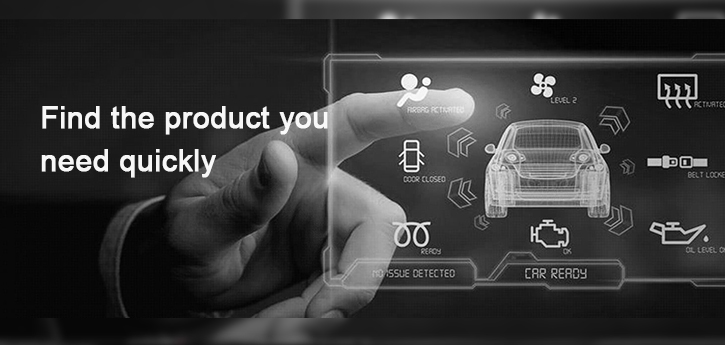How to determine a failed suspension bushing
You will still hear the abnormal noise from the chassis, even though you just replaced the brake pads, brake discs, and even the hub unit of the car that has been with you for many years yesterday. You should think about whether your suspension bushing is aging.
Bushing are rubber pads connected to the vehicle suspension system. Due to its material composition and usefulness, bushings are also classified as “metal rubber parts”. The purpose of the bushing is to absorb the impact of turbulence along the road when the vehicle is driving. The bushing can cushion vibrations caused by imperfections in the given driving terrain and provide a smoother riding experience. In addition to rubber, bushings are sometimes made of polyurethane or other soft and strong materials.
The bushings that most commonly need to be replaced are the following:
Stabilizer bar/Anti-roll bar bushes
Control arm bushes
Strut Mounting kits
Strut Service kits(Bumper stops & Dust boot)
When to replace the bushing
There is no set timetable for when to replace the suspension bushings. They wear out at different speeds in different vehicles. It really depends on the environment in which you operate the vehicle and the stress you are under on a regular basis. Basically, when the symptoms of a damaged bushing make your vehicle difficult to operate, you will know when to replace the bushing in a car or truck.
THE MOST COMMON WORN BUSHINGS SYMPTOMS
Typical tell-tale signs of worn bushings under a vehicle include the following symptoms:
The vehicle makes rattling noises when driven over gravelly roads.
The vehicle sounds as though it is clunking when you make sharp turns or hit the brakes.
The vehicle feels as though it is trembling along the front portion.
The steering seems more difficult to handle.
The steering feels looser than before.
If you can feel one of the above symptoms, I suggest that you need to consult your mechanic as soon as possible.
Post time: Nov-10-2021

 Rubber-Metal Parts
Rubber-Metal Parts img
img img1
img1 img2
img2 img
img img3
img3 img
img img1
img1 img2
img2 img3
img3 img4
img4 img
img img1
img1
